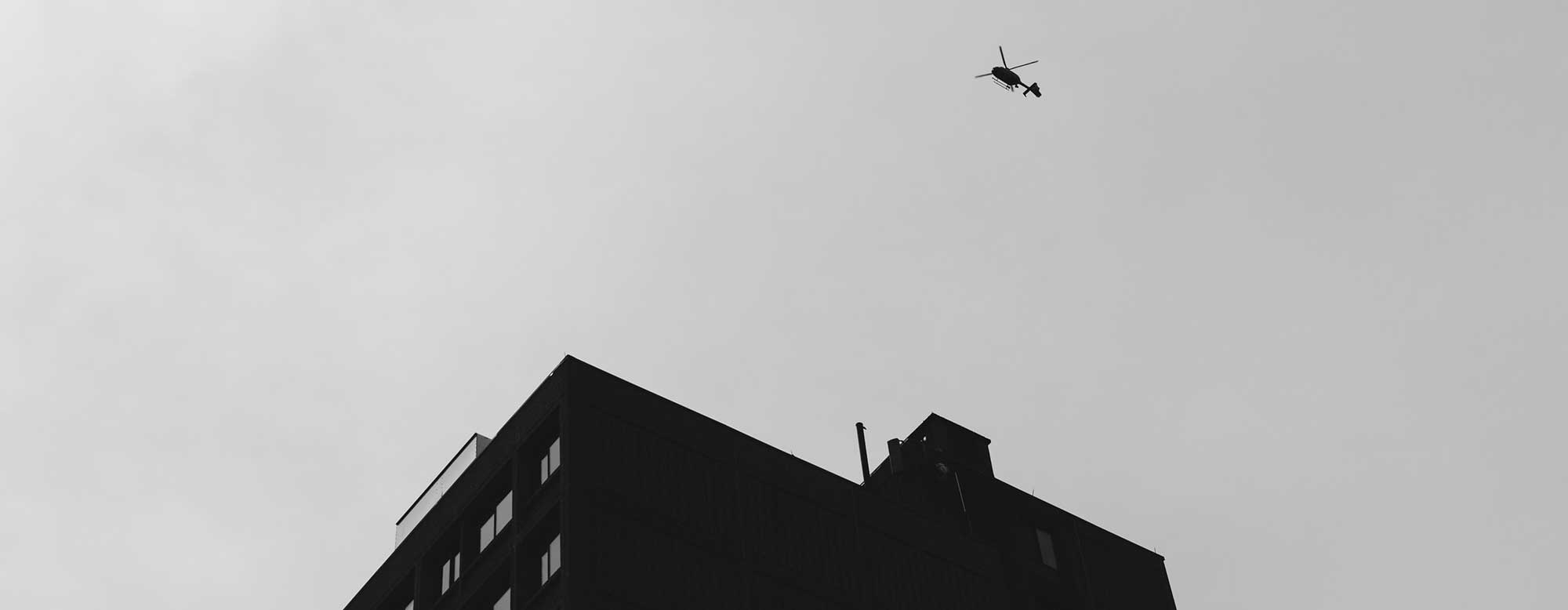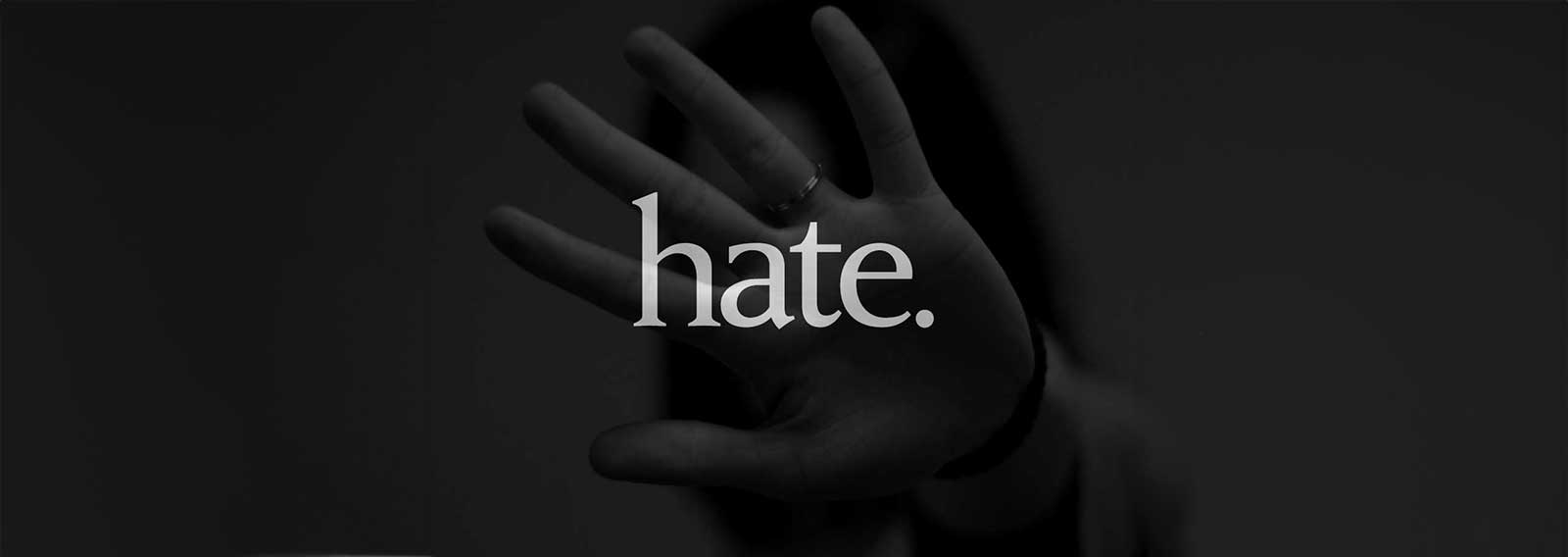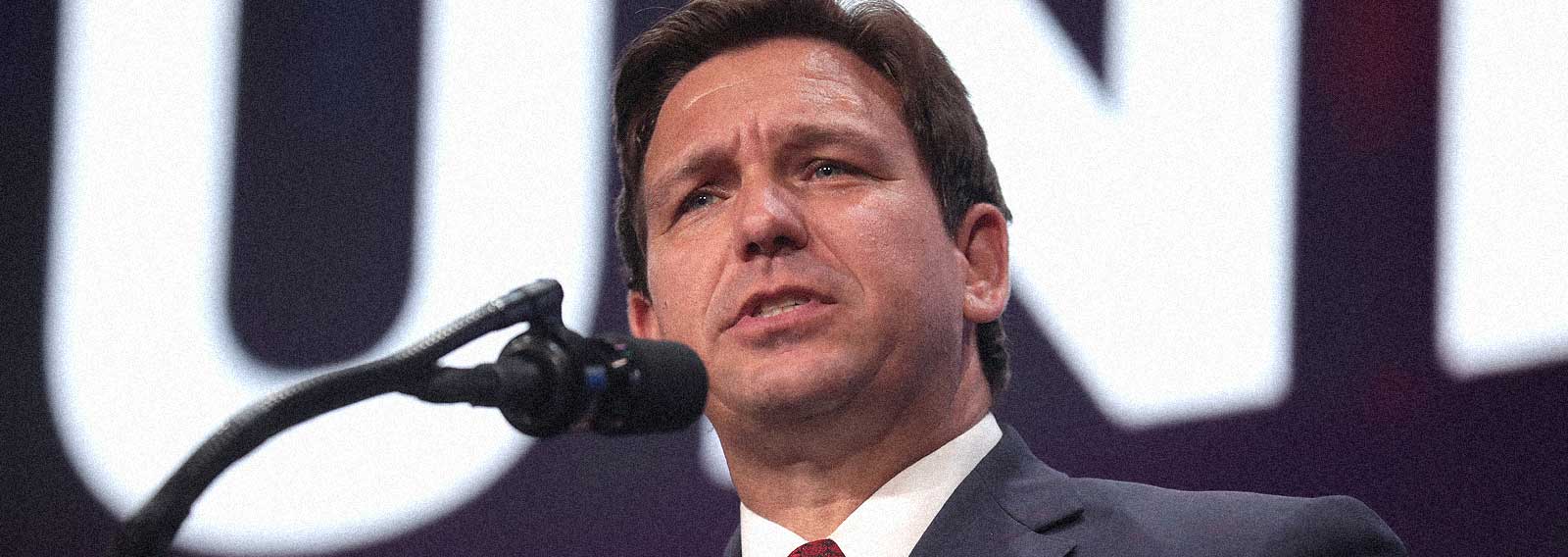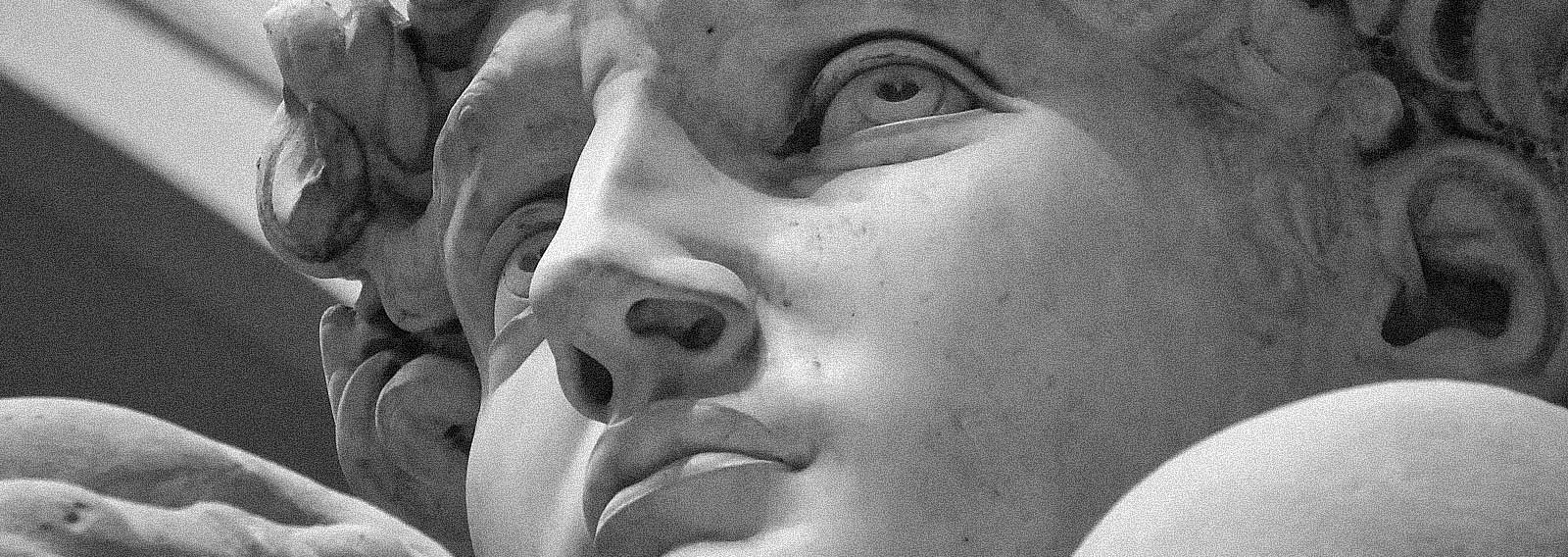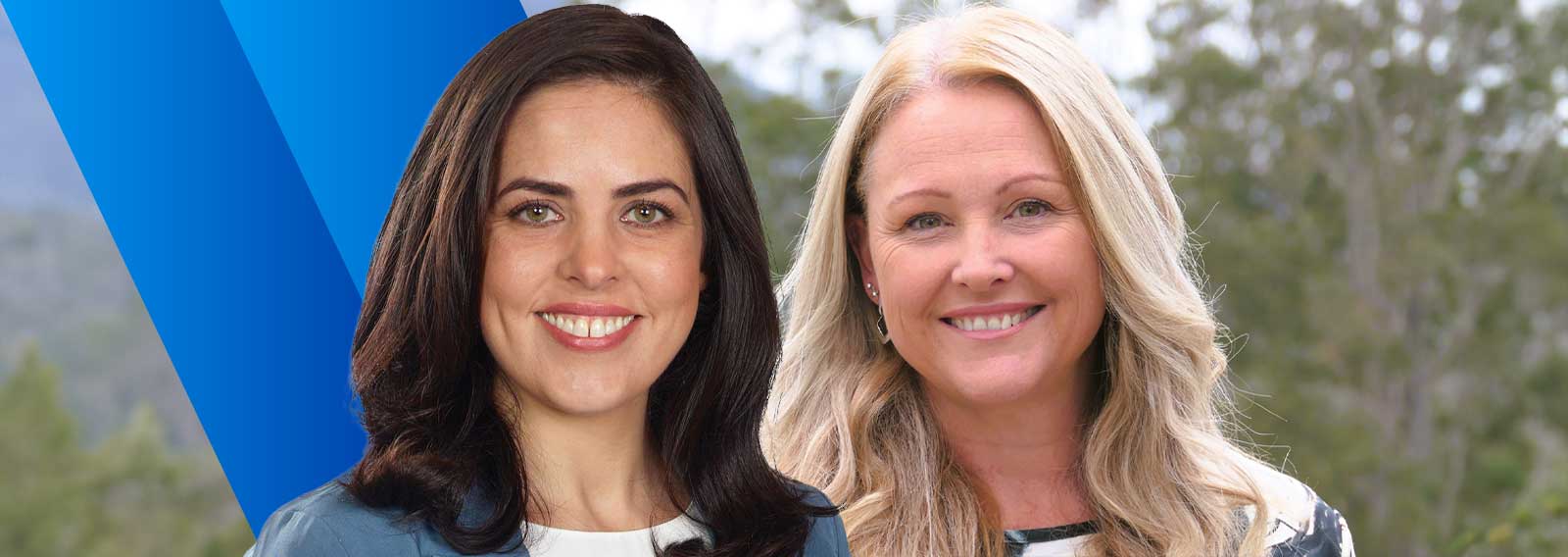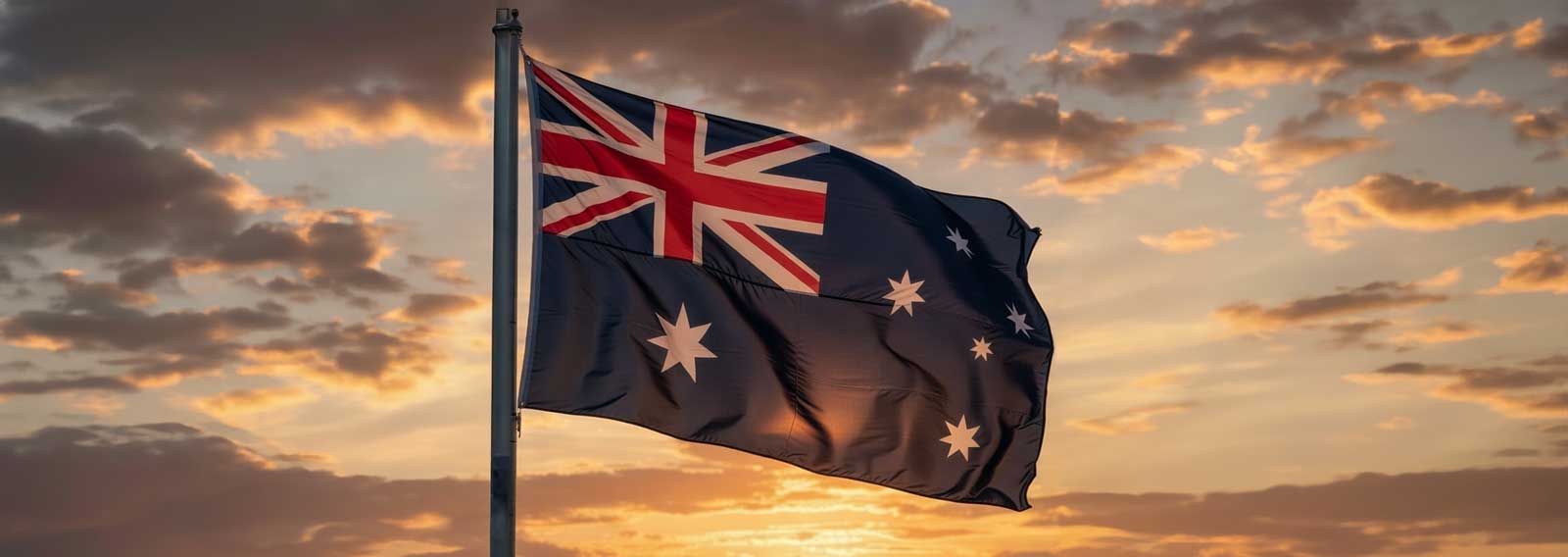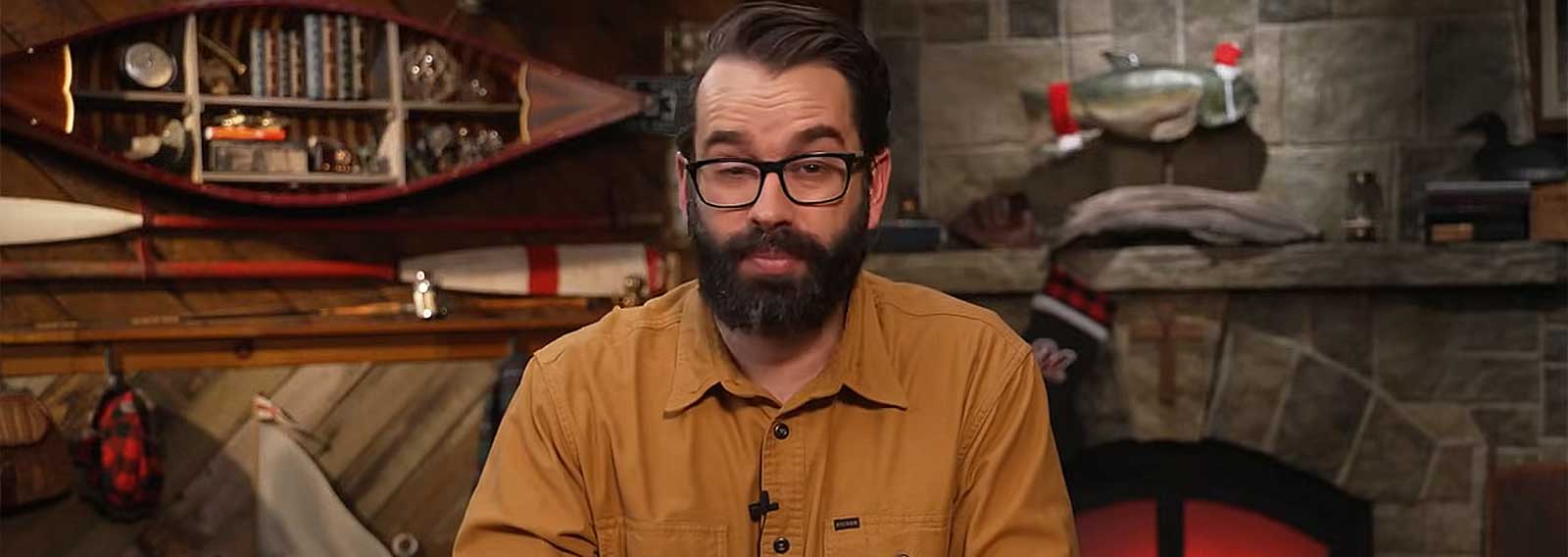There’s a thin line between governments waging a war against a crisis, and governments waging a war against people caught up in that crisis.
It’s the crossing of this line; the potential, and perhaps eventual, overreaction through disproportionate measures, that have sparked an increasing number of centrist and conservative thinkers to question these heavy-handed measures, along with anything, and everything, labelled “the new normal”.
The more we learn about the coronavirus, the more important it is to question whether the heavy-handed measures being taken against the coronavirus are proportionate to the fight against it.
Peter Hitchens was the first to defiantly sink his feet into the ground. Hitchens agreed with the general reasoning behind an increased focus on hygiene, protecting the vulnerable, and social distancing, but drew the line at the surrender of civil liberties, telling talkRADIO that he ‘can’t see any logical connection between crashing the economy and restricting civil liberties in trying to prevent the spread of the disease.’ Adding that ‘crashing the economy is not necessary, you could easily rely on the civility and good sense of people to keep the necessary distance while continuing to run a functioning economy.’
There is a distinction between taking action because of fears about the coronavirus and taking action because of the coronavirus. The former is reactionary, motivated by hysteria. The latter involves a carefully measured, compassionate, and rational response, drenched in hope. It’s the stark contrast between Samuel Barber’s melancholic despondency in ‘Adagio for Strings’, and Harry Gregson-Williams’ cautious, but defiant, ‘To Aslan’s Camp’!
As of the 27th March, Australia had 3,166 confirmed cases of the coronavirus, with 13 tragic deaths attributed to it. While we do have information about the local source and epicentre of outbreaks, we still don’t appear to be getting all the specific facts. For example, there is no easily accessible data which separates people hospitalised because of the virus, and people with the virus who’ve been quarantined at home.
In the same interview for talkRADIO, Hitchens further illustrated this by pointing to the lack of any clear information that distinguishes between those who’ve died because of the virus, and those who had the virus but died of other causes. Without everyone on the planet being tested, it’s even harder to pin down exact numbers.
As Mark Levin has pointed out, the facts we’re being sold about the coronavirus are all over the place. There’s confusion and uncertainty about the severity of it around every corner. Most mainstream media news reports are often repetitive, dubious and sensationalised. Some social media hasn’t helped either. Just as some Australian Universities, who actively undermined Scott Morrison’s January travel ban on China, some in the media, and on social media, are putting profit before people by capitalising on the crisis to sell a concocted tale of apocalyptic horror.
For instance, Michael Bay warned people to not take everything in the media or on social media as fact. The executive producer of the post-apocalyptic TV series, The Last Ship, and director of Transformers (among others), said in a brief Instagram video that he’d been receiving a ton of footage showing the movement of tanks, and armaments, but it’s all an act, made up by foreign powers who hate the U.S. Don’t believe it. His video caption read: “All the fake ARCHIVAL FOOTAGE that people are posting saying from a friend of a friend to instil fear. Stop sending out. It’s BS.”
Attacking the hype head-on, Levin cited a New York Times article from David Katz, president of True Health Initiative and the founding of the Yale-Griffin research Center, who credited South Korea with being the most reliable, when it comes to information about the coronavirus, because their widespread testing. The New York Times article joins a co-written piece in the Wall Street Journal by Eran Bendavid and Jay Bhattacharya, who claimed ‘there’s little evidence to confirm that [oppressive totalitarian measures] are justified.’
According to Katz, the ‘data indicates that at least 99% of active cases in the general population are mild, and do not require specific medical treatment. The small percentage of cases that do require such services are highly concentrated among those aged 60 and older – and further so the older people are.’
This leads to a justification of sorts for questioning whether oppressive totalitarian measures are necessary in order to fight the coronavirus. If we’re to use the problematic, “this is war” rhetoric, it’s fair to say that Governments waging “total war” against the virus, are making important strategic decisions based on sketchy intel. Their actions are initially based on the smoke and mirror diplomacy coming from the secretive Communist Chinese regime, who’s loose with the truth at the best of times, and it’s based on limited intel our governments have been able to gather on the ground or learn from other countries.
On one side we can agree that most Western Governments are wounding in order to heal. On the other hand, because the consequential impact of their actions is being felt around the world, and may do so for many years to come, we need to ask, as we would of any surgeon: how will this preserve freedom, and how will our healers be doing their very best to safeguard it?
Augusto Zimmermann, Professor of Law at Sheridan College in Western Australia, also addressed these concerns. In one of two fiery responses, (the first being an open letter to the Prime Minister), Zimmermann acknowledged the difficult circumstance facing world leaders but argued for an alternative to the heavy-handed measures being copied by governments around the world. Zimmerman citing Dr John Lonnidis, (a professor of medicine, of epidemiology and population health, of biomedical data science, and of statistics at Stanford University in California), noted that:
…reported case fatality rates, like the official 3.4 per cent rate from the World Health Organisation (“WHO”), cause horror and are meaningless. The real rate, adjusted from wide age range, could be as low as 0.05 per cent and as high as one per cent. The 3.4 per cent mortality rate reported by the WHO only tells us about how many who died had been confirmed to have contracted Covid-19.
Zimmerman advocated a surgical response which doesn’t involve throwing the baby out with the bathwater. In his second response, Zimmerman echoed Hitchens, who is questioning the fall in, line up, salute, or else, approach, rightly stating:
“While emergency powers are sometimes needed, we are seeing examples of draconian measures that dramatically increase the arbitrary power of the state, thus allowing government to exercise mass surveillance powers over citizens and alarming restriction of civil liberties.”
Adding his voice to the growing number concerned about the direction Western governments are leading us, Cory Bernadi, in his recently rebooted ‘Weekly Dose of Common Sense’, condemned the heavy-handed measures, writing:
At this time, the alarmism and catastrophic predictions aren’t aligning with the facts but then again they rarely do. Yes, there are many people infected with the virus and people are dying but the headline figures don’t paint the full picture…To paraphrase US President Donald Trump, the supposed cure could be worse than the disease…This is the real contagion attached to this virus…I have said before, no government gets re-elected for avoiding a crisis. They only benefit from over-stating the danger, responding to it and claiming credit for the better than expected solution. So when you hear that 200k people or more could die from this virus in Australia, you can be pretty confident that the actual number will be a fraction of that. Then, the government can claim to have saved so many lives through their draconian response. (‘This is Killing Us!’ 25th March 2020)
My own point about Morrison losing the home-front battle for national morale stands as a real and present danger for the P.M. He needs new speechwriters. Either that or the current ones need a new approach.
Case in point, one of the latest press conferences basically translates: “Thank you for being good little boys and girls this week, Australia. We know it’s hard, but mum and dad are real proud of you.” Plus there was zero mention or reassurance – yet again – about how freedoms are being safeguarded (or even if they are).
Instead, we’re told that the military will be backing up civil authorities “with boots on the ground” to “enforce compliance” of inbound traveller quarantine.
To the Prime Ministers’ credit, Morrison did warn against wishing for a total lock-down, saying he hopes to avoid it because Australian life would change dramatically, and may never be the same again. Given the tone of Donald Trump’s daily briefings, and his desire to “re-open America”, it’d be right to say the U.S. President feels the same.
However, Hitchens, Levin, Augusto and Bernadi are right. We, the people, are not the virus. Question the new normal. There’s a very thin line between governments waging a war against the Wuhan COVID-19 coronavirus, and governments waging a war against their own people. Be vigilant about fighting the virus, but remain cautiously defiant.
In the words of the imperfect, formidable British Prime Minister, Margaret Thatcher:
Winston Churchill’s warning is just as true now as when he said it many, many years ago. “Once you take a position of not being able in any circumstances to defend your rights against aggression, there is no end to the demands that will be made nor to the humiliations that must be accepted.’ He knew, and we must heed his warning.[i]
References:
[i] Thatcher, M. 1984. Speech to Conservatives (The day after the IRA’s assassination attempt in the Brighton Bombing).
* Heavy-handed measures include business closures, school closures, some military on the streets, as is being put into motion by Australia and Israel.



